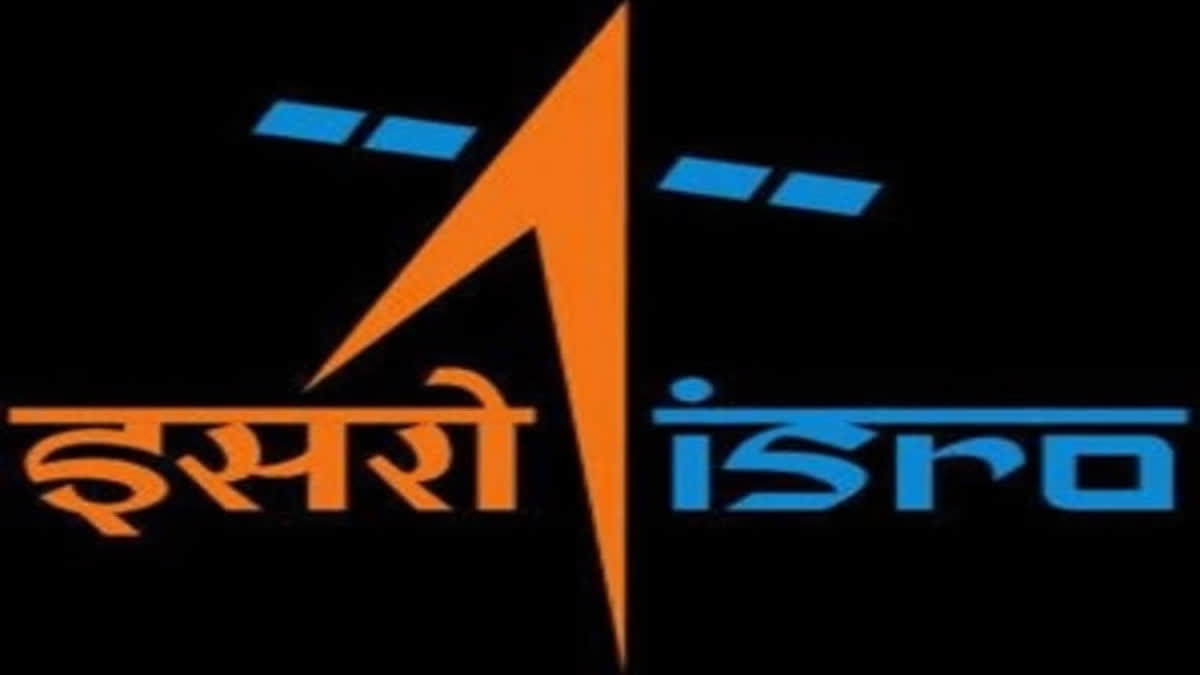Hyderabad: "In 2001, I witnessed the launch of India’s Geosynchronous Satellite Launch Vehicle (GSLV) space rocket at Sriharikota. We waited in eager anticipation but sadly nothing happened, and I reported the failure of the take-off to an international news agency. Fortunately, ISRO soon made up for lost opportunities.", said Madhavan Narayanan, a senior editor, writer and columnist.
Last week, as ISRO's second heavy-lift rocket, the Chandrayaan 3, took off, I could get a glimpse of something I missed on television 22 years ago. Looking back over the past two decades, I noticed at least three blemishes in the record, but how impressive ISRO’s journey into space has been. From the PSLV to the GSLV, then on to the moon-orbiting rocket, and then a Mars-landing rover, there’s a lot to be proud of.
The Journey to Chandrayaan 3: Sixty years ago, in 1963, India launched its first small-scale rocket from Trivandram, just after a year a formal space research program was launched. Six years later, India Space Research Organization (ISRO) was established as an agency for development.
In April 1975, India's first satellite named Aryabhatta, was launched. At the same time, Indira Gandhi faced opposition protests that led to her controversial two-month-long Emergency rule. The scientists matching the faces of eager schoolchildren contrast with their ability to speak with engineering gravitas. It is a sight as captivating as the cryogenic motors firing off gigantic rockets matched with mathematical precision.
In 2008, ISRO launched its first lunar orbiter mission, Chandrayaan 1. After which in 2014, ISRO launched its Mars Orbiter Mission, which has been probably ISRO’s most prestigious mission till date. India became the only country to send a spacecraft into orbit of Mars in its first attempt. In 2019, the Chandrayaan 2 lost communication with Pragyan’s rover. However, the second Chandrayaan mission successfully hoisted the tricolour of India on the moon’s surface. We hope and pray that the third Chandrayaan mission will pick up where the last one left off.
Antrix-Devas Multimedia: On the other hand, we need to look into the huge commercial loss amid the scientific landmarks that ISRO’s commercial arm Antrix Corporation faced. Between the launch failure of the GSLV in 2001 and the loss of Chandrayaan’s rover in 2019, the commercial arm of India’s space agency Antrix found itself in what can only be described as an international legal unpleasant situation that continues to hamper in the process.
The corruption-tainted Antrix-Devas Multimedia led to a bitter legal dispute that culminated in an international arbitration in which the court award $562 million to Devas Multimedia. However, the Delhi High Court had ruled in favour of Antrix, citing the Supreme Court order against Devas as the reason.
Antrix entered into a collaboration with Devas Multimedia in the year 2005. Under this, Antirx had to build and operate two satellites by using their respective transponder capacities and Devas provided multimedia services to Indian mobile subscribers. The contract was terminated by the UPA government in 2011 following allegations of corruption. Devas filed a complaint before an arbitral tribunal at the International Chamber of Commerce (ICC) to have Antrix pay Devas $562 million with interest.
Antrix claims that the ICC tribunal's damage award is contrary to Indian laws and public policy. However, Antrix's auditors noted last year on record that the ongoing litigation in the commercial arm of the company is estimated to amount to around Rs 6.400 crore. The Devas deal blocked opportunities for both Antrix and ISRO. Antrix, which started out as an ambitious global satellite launch business to do to space what India’s IT services giants have done to their global competitors, has been quiet in its ways, while making money in sectors like entertainment, telephony, including various space and satellite ventures.
In the 2021-22 fiscal year, which was affected by Covid, the company's turnover declined to around Rs 182 crore compared to the previous year’s turnover of Rs 654 crore. Still, Antrix claimed to be at a profit of around Rs 25 crore, down from Rs 55 crore of the previous year. Considering the billion-dollar science and tech startups bearing the "Unicorn" tag that surged in India during Antrix's scandal-scarred years, it is heartbreaking to watch ISRO's commercial arm bogged down by bureaucracy in the pursuit of its goals.
Government aid to Antrix: Antrix needs a lift-off just like Chandrayaan- 3. It needs to learn from ISRO’s scientists who were not deterred by Chandrayaan- 2’s failures. Antrix needs the support of the Indian government to launch its commercial arm once again. Financial engineering and restructuring measures may be required to ensure that Antrix does not have to bear the burden of what a few executives of the company have already done in the past.
Antrix can play an important role in India’s aim to become a global player in satellites and space technology-based fields. In my opinion, Antrix can serve as an ‘Infosys’ or ‘Wipro’ for countries in Asia and Africa as well as Latin America in providing everything related to satellites and rockets.
Contrary to Western rocket ventures led by rich tycoons such as Elon Musk and Jeff Bezos, which focus majorly on glamorous activities such as space tourism, the counter-brand Antrix can serve as an example of how common people in the global South can take the benefits of India’s capabilities.
Perhaps the government can protect Antrix’s core operations with a sovereign guarantee, or use its expanding international influence to prevent legal pressure on the Indian firm. Other options include transparent and ethical joint ventures, as well as private capital funding for special-purpose vehicles that feature Antrix. Regardless of the details, it’s time Antrix found its flying buttress.
Also read: Chandrayaan 3 to explore human habitat on Moon: Union Minister Jitendra Singh



